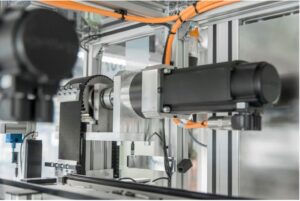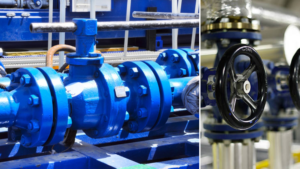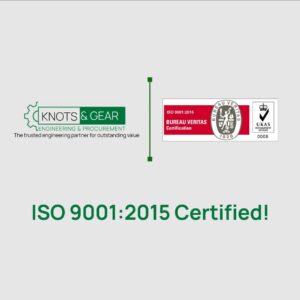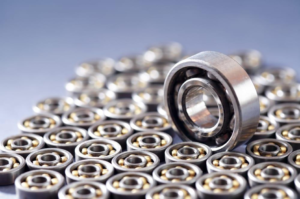Why is it important to care for your conveyor belts?
Conveyor belts are systems that are frequently and extensively used to transport different kinds of raw materials, semi-finished products, and finished goods in factories and industrial facilities.
It is impossible to quantify the consequences of a faulty conveyor belt on your entire system. Overall operations may be delayed, increasing costs, and lowering productivity and overall equipment efficiency (OEE). To mitigate this, it is essential to closely monitor proper operation of your conveyor belts.
Here are some tips for maintaining your conveyor belts:
Keep the belts clean
The increased tendency of a dirty belt to slip, especially on the underside, reduces the conveyor’s ability to support a given amount of weight. Watch out for any areas that may have accumulated dirt, debris, or residue. Remove such buildup completely wherever you find it.
Check for pulley alignment
Two major problems with conveyors are misalignment and variations in the framework, frames, and foundation. The tensioning of the belt will be unequal when the pulley is out of alignment or is worn unevenly, and this can result in noticeable premature stretching on one side, necessitating the need for a new belt sooner.
Make sure idlers are operating smoothly
The return idlers on the conveyor belt may become dusty, frozen, or misaligned as a result of improper installation, typical wear and tear, and motion over time. Regular cleaning and alignment inspections for these components are required.
If your idlers freeze or stop functioning in any way, it could have a variety of effects on your system. Your belt might also wear out more quickly than usual as a result, requiring replacement. The idlers must be routinely inspected, cleaned as they become dirty, and replaced as they start to wear out in order to avoid this situation.
Ensure the motor and drive are of the right sizes
When buying a new conveyor or moving an existing one to a different location, always ensure the motor and drive are the right sizes to handle the products you want to transport. Loading the product onto a conveyor that isn’t designed to handle its load requirements will lead to motor and drive failure.
Consider the product’s weight before purchasing a conveyor belt, and purchase one that can support more load than you need. You will eventually be able to handle even more weights without having to purchase a new conveyor, thus increasing your product output and saving costs.
Inspect and replace worn-out parts
Worn parts are a common cause of conveyor breakdowns, which can result in prolonged downtime. You can reduce conveyor downtime by routine inspection for worn parts and replacing them as soon as possible.
It can be helpful to consult with the conveyor’s manufacturer, or maintenance experts and find out which parts are more prone to damage. Getting expert information and ordering replacement parts sooner will minimize conveyor downtime thus maintaining operational efficiency.
For purchase and extensive maintenance of your food grade belts, modular belts & chains, heavy duty belts, and transmission belts reach us at sales@knotsandgear.com











One Response
Very interesting post. I just learnt something new about conveyor belts. Thumps up Knots And Gear